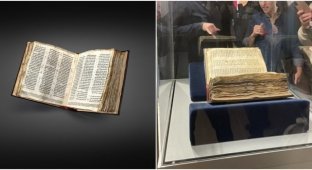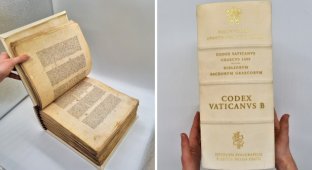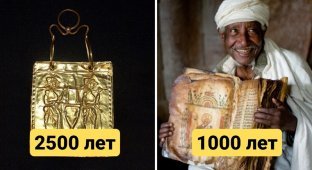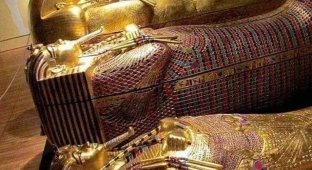One of the oldest books in the world sold at auction (8 photos + 1 video)
Category: Archeology, PEGI 0+
17 June 2024
The Crosbie-Scheyen Codex, a rare manuscript that revolutionized the study of Christianity, was sold on June 11, 2024 at Christie's in London for nearly $3.9 million. The codex is a mid-fourth century book from Egypt containing biblical and other early Christian texts. 
The Crosby-Scheyen Codex was discovered along with more than 20 other codices near Dishna, Egypt, in 1952. These manuscripts are known collectively as the Dishna Papers or the Bodmer Papyri, after the Swiss collector Martin Bodmer.
The manuscripts are 1700 years old. It contains five early Christian texts written in Coptic, a language derived from ancient Egyptian. Among them are the earliest known texts of two books of the Bible, the Book of Jonah and 1 Peter.
Although often overshadowed by other 20th-century discoveries, these ancient manuscripts represent one of the most significant discoveries for understanding the history of early Christianity.
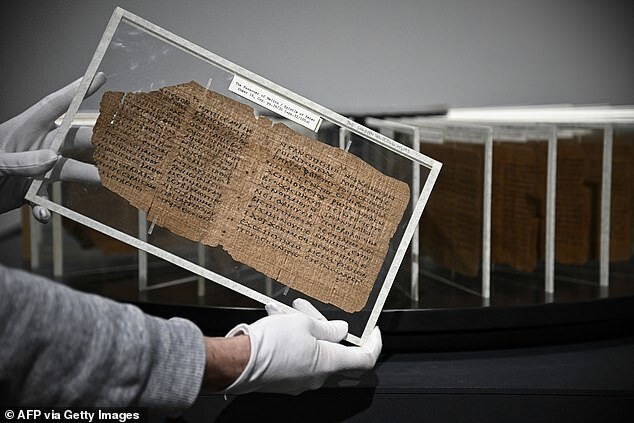
The Crosby-Scheyen Codex is essentially an ancient book consisting of sheets of papyrus, the main writing material in Ancient Egypt, made from the pith of the papyrus plant. This is an early example of the transition from scroll to book as we know it today.
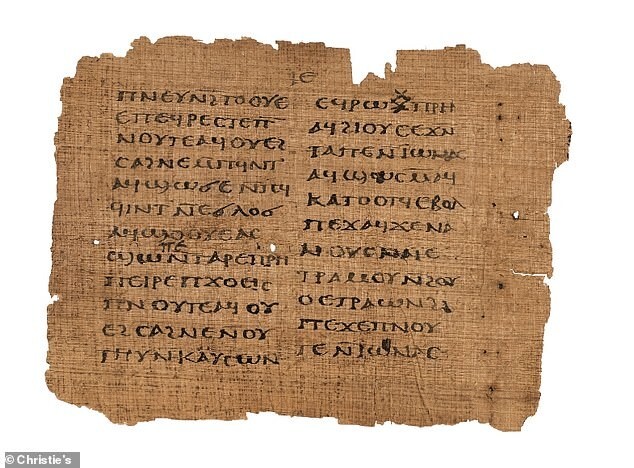
However, the 104 pages (52 separate sheets) are no longer bound together and are behind protective plexiglass.
“This is exactly the transition period when the papyrus scroll begins to turn into a codex,” says Eugenio Donadoni, Christie's senior specialist in medieval and Renaissance manuscripts. “There is evidence that codes existed before, but none of them have survived. This makes it a unique object in the history of Christianity."

The Crosby-Scheyen Codex contains five different texts, originally written by five completely different authors. But all five were copied by the same scribe in the 3rd century AD. It was probably an Egyptian monk. He used freshly cut reed as a feather.
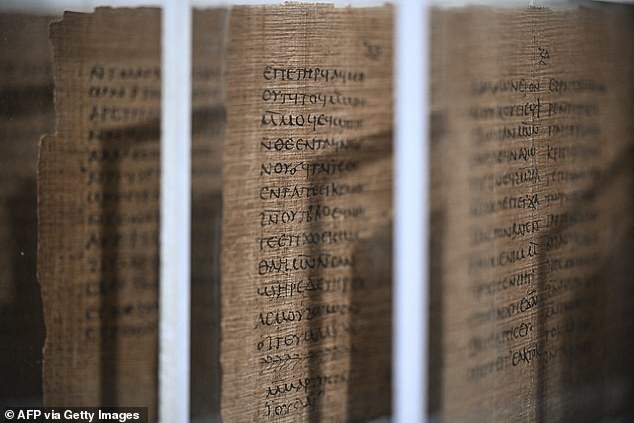
Dr Meredith Warren, senior lecturer in biblical and religious studies at the University of Sheffield, called the work a key example of the emergence of Christian culture and literature.
“Besides its age and completeness, the codex is notable for its content,” she writes in an article for The Conversation. “It contains the earliest surviving complete texts of two biblical books—the Book of Jonah and 1 Peter.”

Jonah was an important figure for early Christians because he was famously swallowed by a huge fish when he reluctantly heeded God's call to convey a prophetic warning to the Ninevites, depicted as a very wicked city. The three days that Jonah spent in the belly of the fish were allegorically considered by early Christians to be a harbinger of the time between the death and resurrection of Christ.
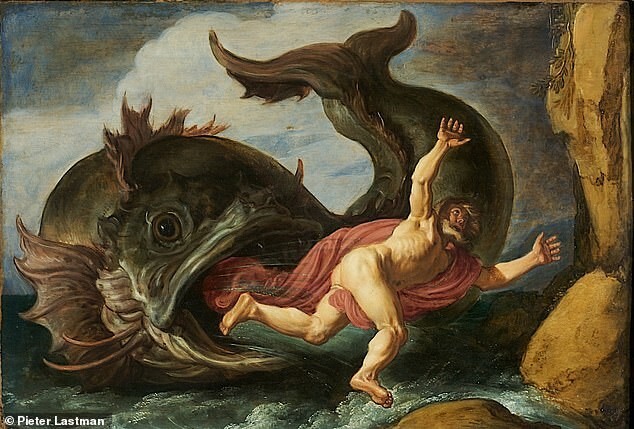
Jonah and the Whale, Pieter Lastman, 1621
The Crosby-Scheyen Codex was found in Egypt in 1952 among other manuscripts buried in a jar in the sand. Donadoni explains their preservation by the dry climate of Egypt, adding that only a handful of books from the 3rd and 4th centuries have survived to this day.

In 1955, the book was acquired by the University of Mississippi, and in 1988 it was purchased by Norwegian businessman and collector Martin Schøyen. And now Schöyen has sold this item along with other items in his collection, one of the largest private collections of manuscripts in the world.












